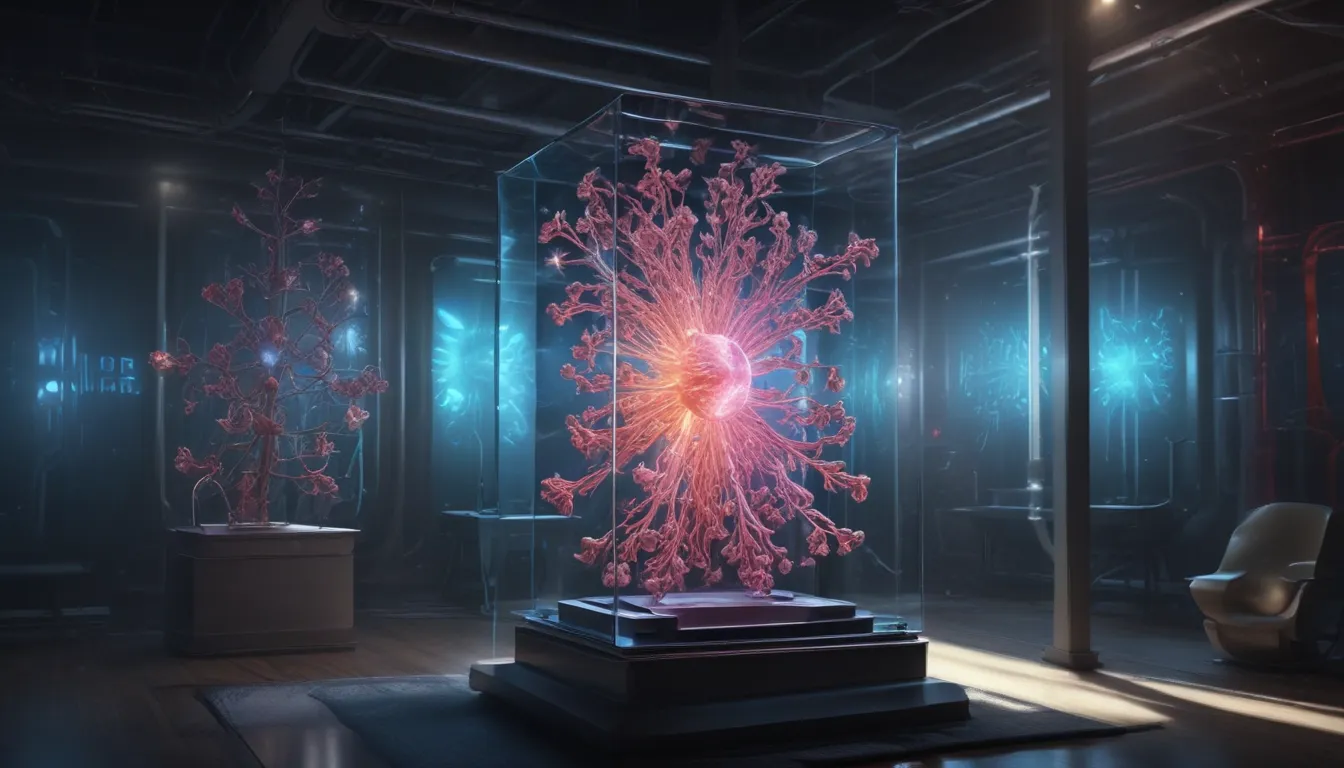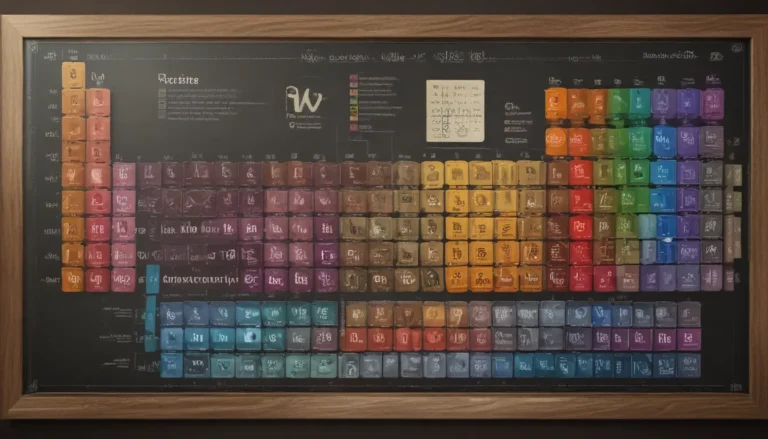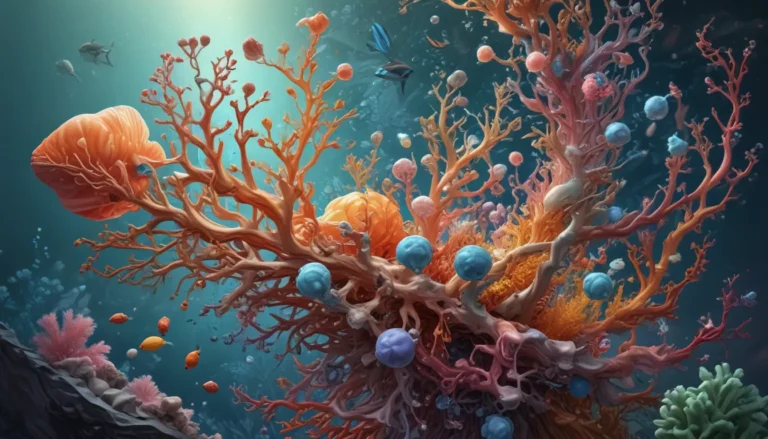A Note About Images: The images used in our articles are for illustration purposes only and may not exactly match the content. They are meant to engage readers, but the text should be relied upon for accurate information.
In the realm of scientific discovery, few fields hold as much fascination and impact as X-ray crystallography. This revolutionary technique harnesses the power of X-rays and crystals to unveil the hidden dance of atoms within molecules, providing invaluable insights into the fundamental building blocks of matter. From unlocking the secrets of DNA to designing new drugs and materials, X-ray crystallography continues to shape our understanding of the atomic and molecular world.
Key Takeaways:
- X-ray crystallography uncovers the intricate structures of molecules, driving discoveries in biology, chemistry, and materials science.
- This technique has earned multiple Nobel Prizes, highlighting its profound impact on scientific research.
- X-ray crystallography isn’t limited to solid crystals; it can also be applied to liquids, gases, and biological macromolecules in solution.
- From revealing the atomic beauty within crystals to advancing drug design, X-ray crystallography plays a pivotal role in scientific advancements.
Unveiling the Hidden World of Molecules with X-ray Crystallography
At the heart of X-ray crystallography lies a profound ability to reveal the hidden world of molecules with unparalleled precision. By directing X-ray beams onto crystallized samples, scientists can unravel the intricate arrangements of atoms, providing a window into the atomic symmetries and patterns that govern molecular behavior.
Fact: X-ray Crystallography Employs Electromagnetic Waves
A remarkable aspect of X-ray crystallography is its utilization of X-rays, a form of electromagnetic radiation known for its ability to penetrate solid objects. By measuring the diffraction of X-rays interacting with a crystal lattice, scientists can extract a wealth of information about the molecular arrangement within the crystal.
X-ray Crystallography Revolutionizes Structural Biology
In the realm of structural biology, X-ray crystallography stands as a transformative tool, enabling scientists to determine the three-dimensional structures of biological macromolecules like proteins and nucleic acids. This breakthrough has revolutionized areas such as drug discovery and disease mechanism understanding.
Unraveling the Secrets of Hormones, Enzymes, and Medicinal Compounds
X-ray crystallography has proven instrumental in providing insights into the structures of hormones, enzymes, and medicinal compounds. By visualizing the precise interactions between these molecules and their targets, scientists can pave the way for the development of novel drugs and therapies.
Fact: X-ray Crystallography Relies on Crystallization
Before the magic of X-ray crystallography can take place, molecules of interest must undergo crystallization, a process that transforms them into crystal form. Although challenging and time-consuming, obtaining a crystal serves as a powerful tool for unraveling molecular structures.
The Fascinating Link Between X-ray Crystallography and DNA
One of the most iconic moments in the history of science was the role played by X-ray crystallography in uncovering the structure of DNA. Rosalind Franklin’s X-ray diffraction images provided crucial clues that contributed to James Watson and Francis Crick’s monumental discovery of the DNA double helix.
Fact: X-ray Crystallography Has Yielded Noble Prizes
X-ray crystallography’s impact on the scientific community is further underscored by its multiple Nobel Prizes in Chemistry and Physics. These accolades speak to the profound contributions of this technique in advancing our understanding of the atomic and molecular world.
The Multifaceted Role of X-ray Crystallography in Material Science
Beyond its applications in biology and chemistry, X-ray crystallography plays a critical role in material science. By studying the atomic structures of various materials like metals, semiconductors, and polymers, scientists can gain insights into their properties and potential applications.
Fact: X-ray Crystallography Isn’t Limited to Solid Crystals
Contrary to its name, X-ray crystallography isn’t confined to analyzing solid crystals alone. It boasts the versatility to be applied to liquids, gases, and even complex biological macromolecules in solution, showcasing its adaptability and power.
Exploring the Cosmic Connection: X-ray Crystallography in Astronomy
The applications of X-ray crystallography extend beyond the confines of Earth into the vast expanse of space. By analyzing X-ray diffraction patterns emitted by celestial objects, scientists can delve into their composition, shedding light on the mysteries of the universe.
Fact: X-ray Crystallography Requires Powerful X-ray Sources
To conduct X-ray crystallography experiments, scientists rely on advanced X-ray sources like synchrotron radiation facilities and X-ray free-electron lasers. These cutting-edge technologies generate intense X-ray beams essential for obtaining high-quality diffraction data.
Embracing the Future: Time-Resolved Studies in X-ray Crystallography
Driven by a quest for innovation, scientists are continually exploring new frontiers in X-ray crystallography. Time-resolved studies, which capture dynamic processes in real-time, enable researchers to observe chemical reactions and biological events unfolding at the atomic level.
Fact: X-ray Crystallography Facilitates Better Drug Design
X-ray crystallography plays a vital role in drug design by determining the atomic structures of drug targets and complexes. This knowledge allows scientists to identify key interactions and optimize drug candidates for enhanced efficacy and reduced side effects.
Applications Beyond Earth: X-ray Crystallography in Space Research
The versatility of X-ray crystallography extends into the realm of space research, where scientists study crystal growth in microgravity conditions to gain insights into fundamental processes and develop advanced materials for space exploration.
Fact: X-ray Crystallography Reveals the Smallest of Details
With its unparalleled ability to resolve atomic details, X-ray crystallography empowers scientists to observe the smallest features within a crystal lattice, unlocking the intricate arrangements of atoms and the forces that govern their interactions.
Nurturing a Quest for New Structures and Discoveries
X-ray crystallography stands as a beacon of scientific discovery, driving advancements and fostering a spirit of exploration in the atomic and molecular world. Its ongoing contributions continue to shape our understanding of the building blocks of life and inspire innovation across diverse scientific disciplines.
In Conclusion
In closing, X-ray crystallography emerges as a remarkable scientific technique that has reshaped our perception of material structure and properties. Through its ability to decode the arrangement of atoms within solids, X-ray crystallography has fueled groundbreaking discoveries in chemistry, biology, and materials science.
From unraveling the complexities of DNA to propelling drug development, X-ray crystallography remains an indispensable tool in the scientific toolkit. As technology advances and collaborative efforts deepen, the future promises even greater revelations and applications for this powerful technique.
FAQs
-
What is X-ray crystallography?
X-ray crystallography is a scientific technique used to determine the atomic and molecular structure of a crystal by analyzing the diffraction pattern of X-rays passing through it. -
How does X-ray crystallography work?
X-ray crystallography involves bombarding a crystal with X-rays, which scatter and create a diffraction pattern. By analyzing this pattern, scientists can deduce the arrangement of atoms within the crystal. -
What are the applications of X-ray crystallography?
X-ray crystallography is widely used in chemistry, biology, materials science, and pharmaceutical research to determine the structures of proteins, organic molecules, and complex materials. -
What are the limitations of X-ray crystallography?
X-ray crystallography requires high-quality crystals and is limited to crystalline materials. It cannot provide information about non-crystalline substances or dynamic processes. -
Can X-ray crystallography be used to study biological molecules?
Yes, X-ray crystallography has been instrumental in determining the structures of biological macromolecules like proteins and nucleic acids, contributing to drug discovery and biomedical research.
As you delve into the captivating world of X-ray crystallography, may your curiosity be met with insightful revelations and a deeper appreciation for the atomic marvels that shape our world.






